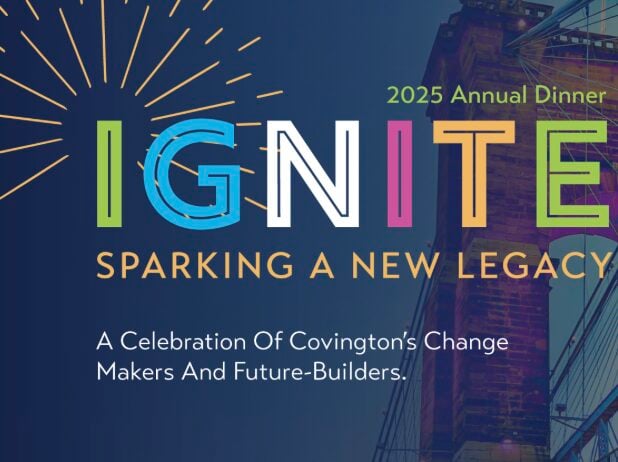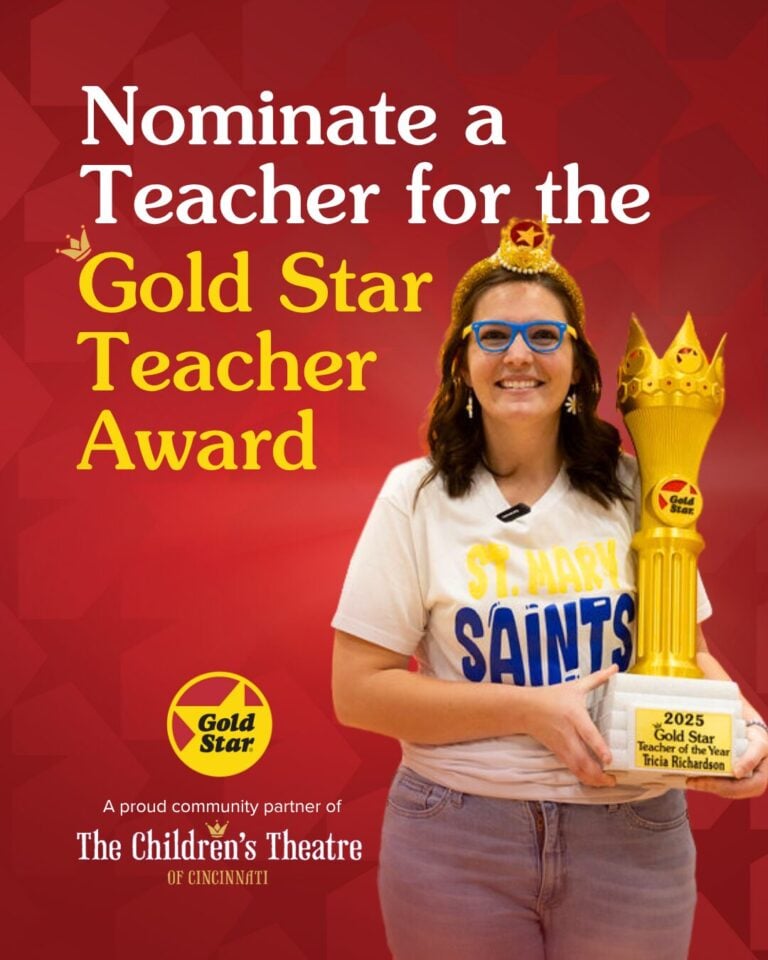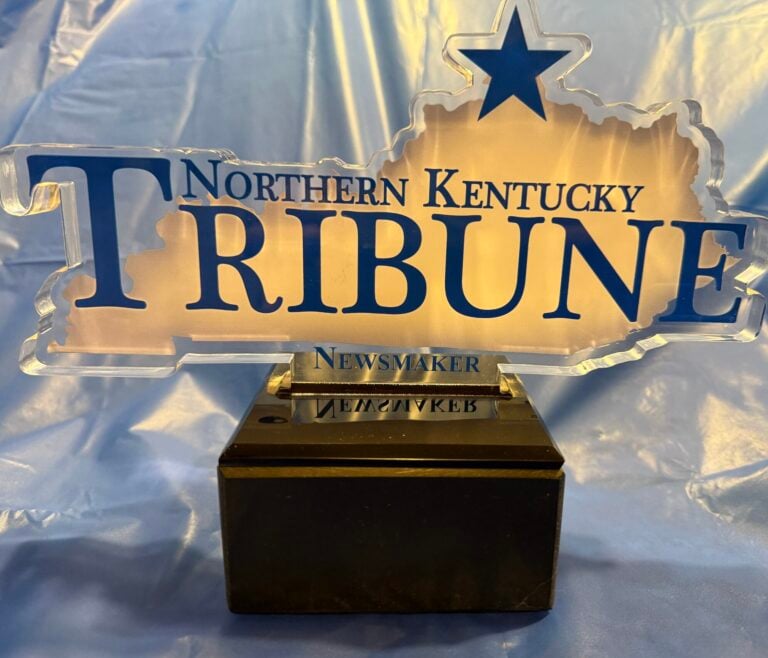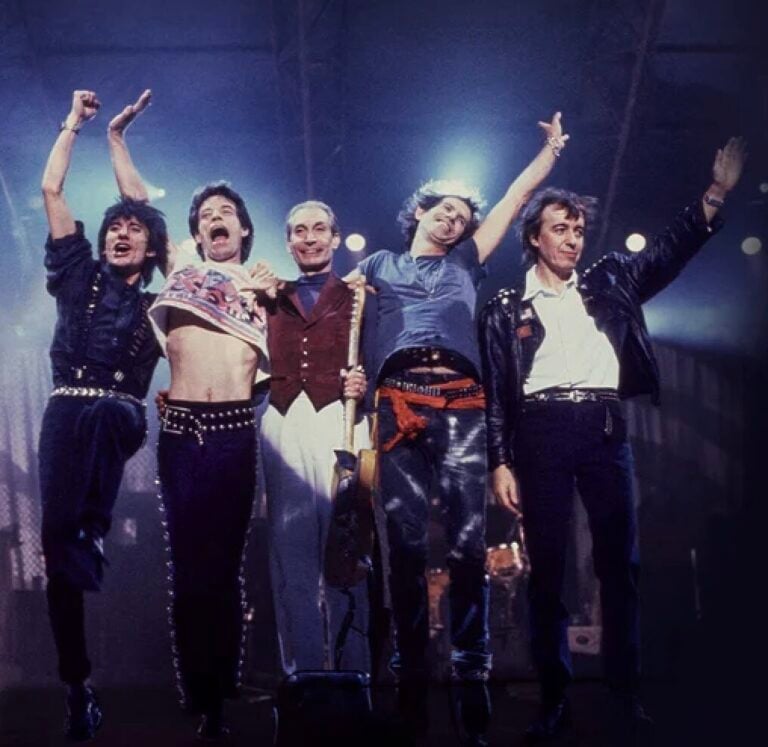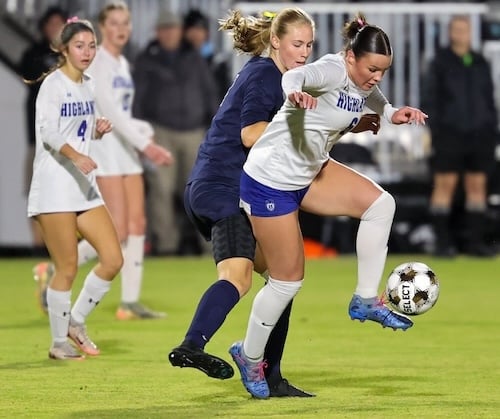The Gray Master Builders team that represented Kentucky in the FIRST LEGO League LEGOLAND North American Open Championship in California in May brought home the goods.

The team of sixth graders from Gray Middle School in Union received the first place Project Research Award in a competition that included 80 teams from around the world, for their City Solitary Bee House.
Coach Matt Zurad said he is extremely proud of the entire team, which includes his son, Luke.
“They represented their school and Boone County, and really the entire state of Kentucky, so well,” Matt Zurad said. “We didn’t spend a lot of time practicing questions and answers. They learned by doing – rolling up their sleeves, building and testing things and talking to experts.”
The official description for the award reads:
“This award recognizes a team that utilizes diverse resources to formulate an in-depth and comprehensive understanding of the problem they have identified.”
The goal of the project was to provide an alternative nesting environment for bees in an urban area to help stem the decline in population due to loss of habitat. The team developed a prototype to attract and provide bees a habitat just about anywhere and would be ideally suited for inner-city rooftop gardens.
The Tribune first profiled the team in 2015, when it was at Mann Elementary. That year, the Mann Master Builders took the Safe Tackle Football Helmet to the First Lego League Global Innovation Award competition in St. Louis.
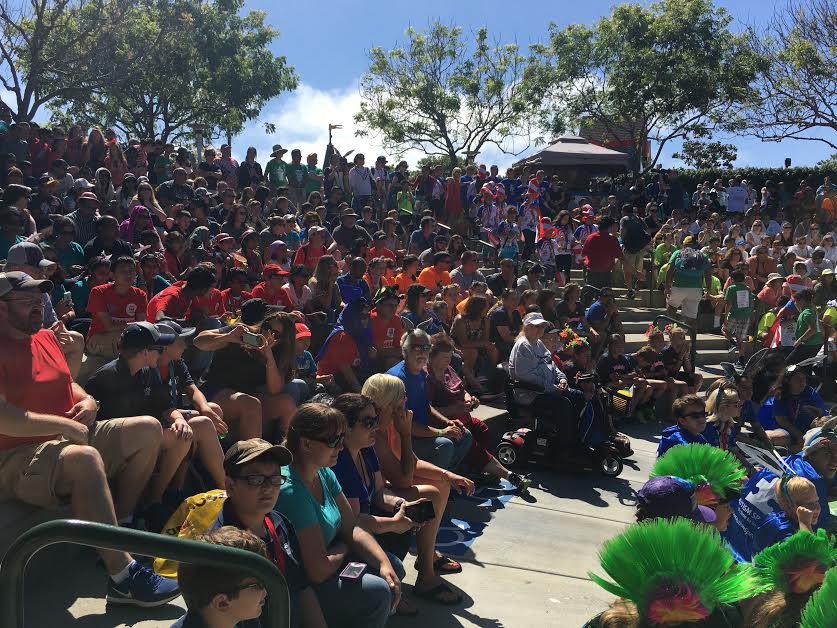
There have been some changes to the team roster since then, but veterans include Luke Zurad and Christopher Howard.
Zurad described the trip as one of the best experiences of his life.
“It felt cool to represent Kentucky in this California tournament because it was so far away,” he said. “It was cool to meet teams from so far away too… like Japan, South Korea, Brazil, Spain, Mexico, and Canada.”
In the judges’ feedback, not only did the team receive exemplary scores, perfect across the board, for research, they also had perfect scores for Innovative Solution. At the end of the day, the judges only award one prize for any team. Matt Zurad said it was really exciting that not only did the judges like the research, but the solution as well.
Howard said the experience was fun, but was more challenging than other First Lego League events.
“There were more teams from more places and the competition was higher,” Howard said. “I thought having it at LEGOLAND was a great idea because, well, it was a LEGO tournament. But also, it gave teams a chance to go explore between competition rounds.”
Other members of the Gray Master Builders team include Landon Burlew, Zachary Kuchle and Julian Vykhovanyuk.
A total of 14 supporters, which included one chaperone for each team member, also made the trip to Carlsbad, California, for the competition.
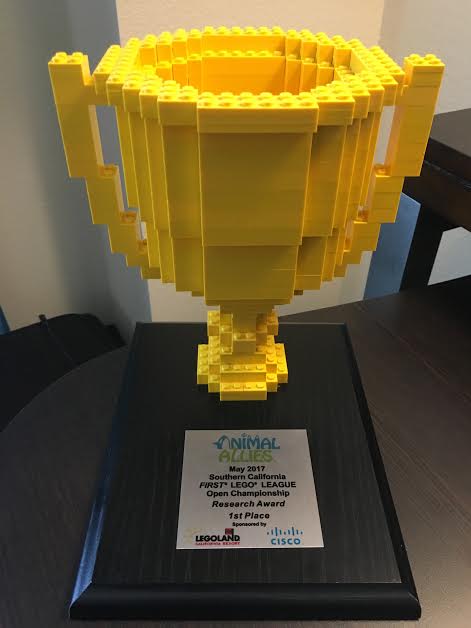
“I would not have been disappointed if we had not won an award. It was fun being there in the first place,” Luke Zurad said. “When they announced our team name, I was surprised then I was excited.”
Matt Zurad said the team members were so excited when they were announced as winners, that they ran onstage in what looked like a celebration of a successful football play.
“Luke grabbed the trophy and ran it for a first down, while the team was doing high fives right through the line,” Zurad said. “We had a pretty good cheering section there too, so that was fun.”
Team mentors included Dr. Michelle Duennes of the Woodard Lab, Department of Entomology at the University of California, Riverside, who is originally from Crescent Springs and Adam Martinez, a horticulturist at the Cincinnati Zoo and Botanical Gardens.
The team’s prototype bee habitat is located on the grounds of the Zoo. More information about the prototype and photos of its installation are available here.
“I helped them organize their thoughts, but in the moment when they had the expert panel of six judges asking great questions, not only did they have answers, but they had people they had met along their journey that they could reference,” Matt Zurad said.
One question that could have stumped the team was how they would know if the habitat is making an impact on the solitary bee population.
“They remembered that Dr. Duennes had led a bumble bee expedition in the Arctic Circle and, on their own, they kind of connected the dots and said ‘the same technique of counting bees, we can use in our bee house,’” Zurad said. “That wasn’t an answer that we rehearsed, that was just them, kind of absorbing everything and coming up with their own creative solutions. It was awesome.”
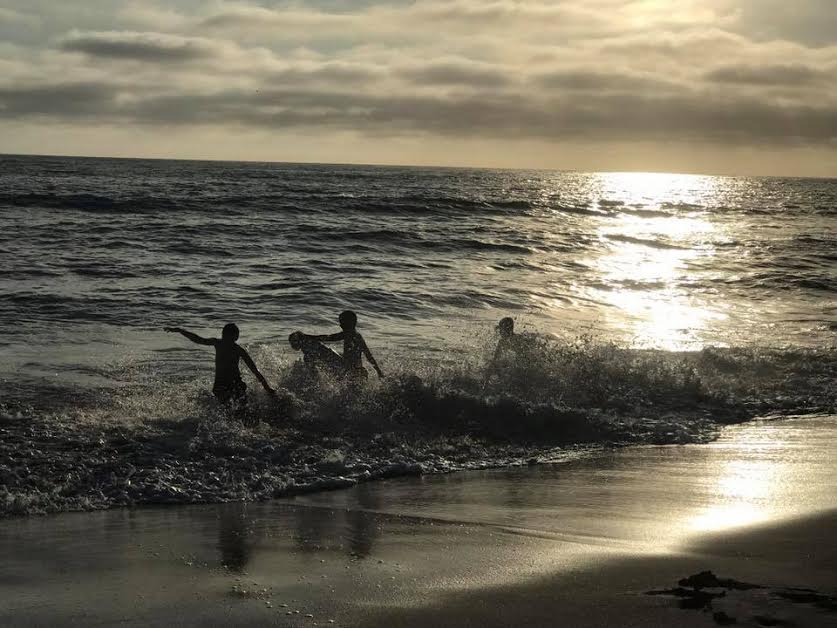
The team also visited the Woodard Lab at the University of California, Riverside, where Dr. Duennes does her research. Duennes was away in Washington D.C., but the team met with Dr. S. Hollis Woodard, the facility’s principal investigator, and her entire lab team.
The mission of the Woodard Lab research group is to use bees as a model system for understanding the proximate mechanisms underlying adaptation, sensitivity, and resilience. The focus is on the behavior, physiology, and population dynamics of native bees in rapidly changing and extreme environments, so the visit provided valuable information for the team.
“The neat thing, too, was that Dr. Woodard offered continued support to the mentoring team and tweeted about us after the visit,” Matt Zurad said.
Representatives from the University of California, Riverside Office of Technology and Commercialization gave the kids a presentation on patents and intellectual property. They also provided an introduction to their process on how an idea works its way up to commercialization.
“We are going to continue to partner with the researchers at UC Riverside to analyze our habitat design to make it better,” Christopher Howard said. “We are hoping to work with UC Riverside’s patent office to evaluate our design for a possible full patent. Who knows, maybe we’ll even get on Shark Tank.
The team has already received a provisional patent application that is good for one year and is a placeholder for a utility patent application. The next step, Matt Zurad said, is to further develop the design and assess the suitability of a full utility patent that’s good for 20 years.
“Our vision is to someday have these city solitary bee houses on rooftop gardens all around the world.”











